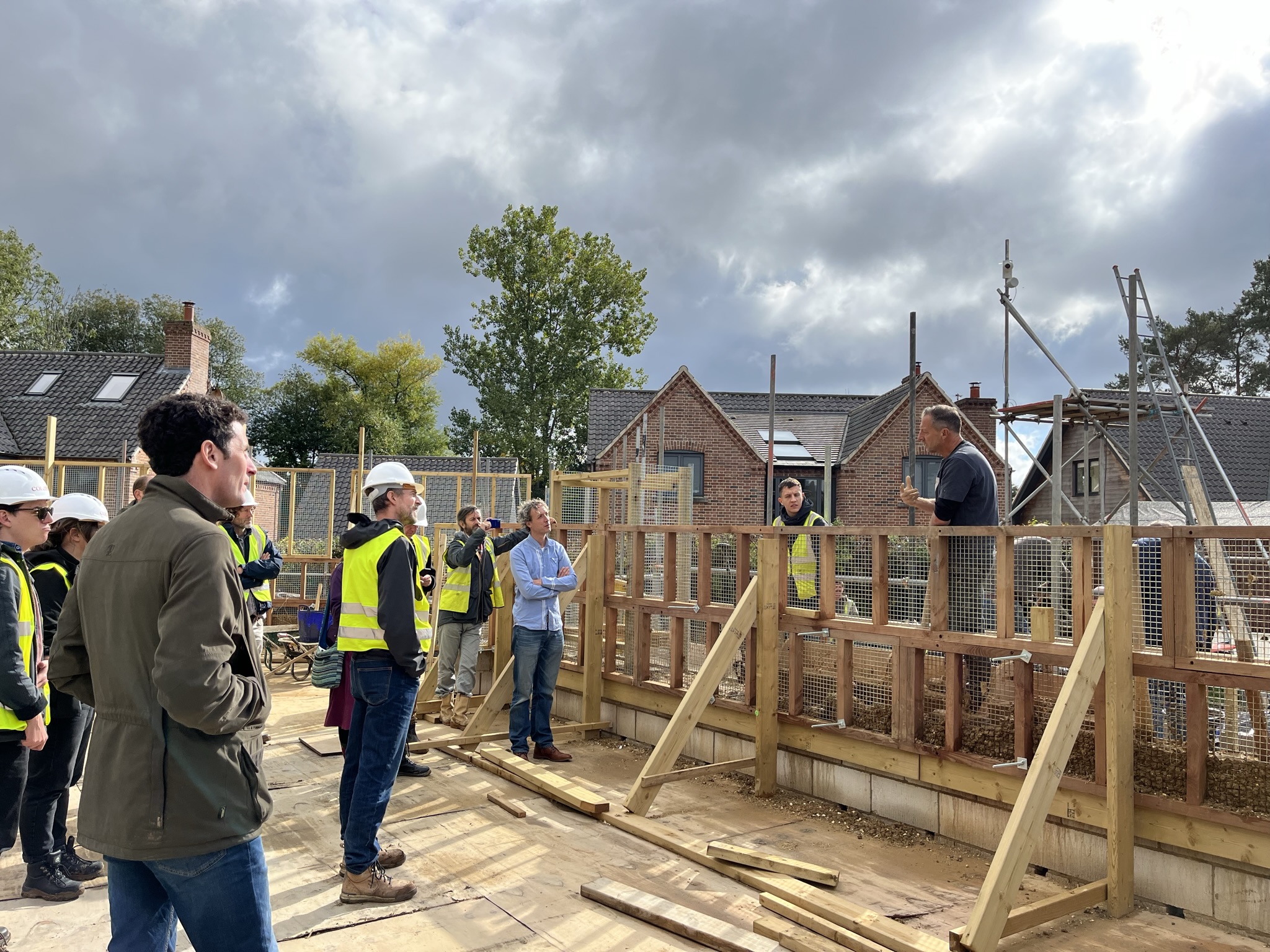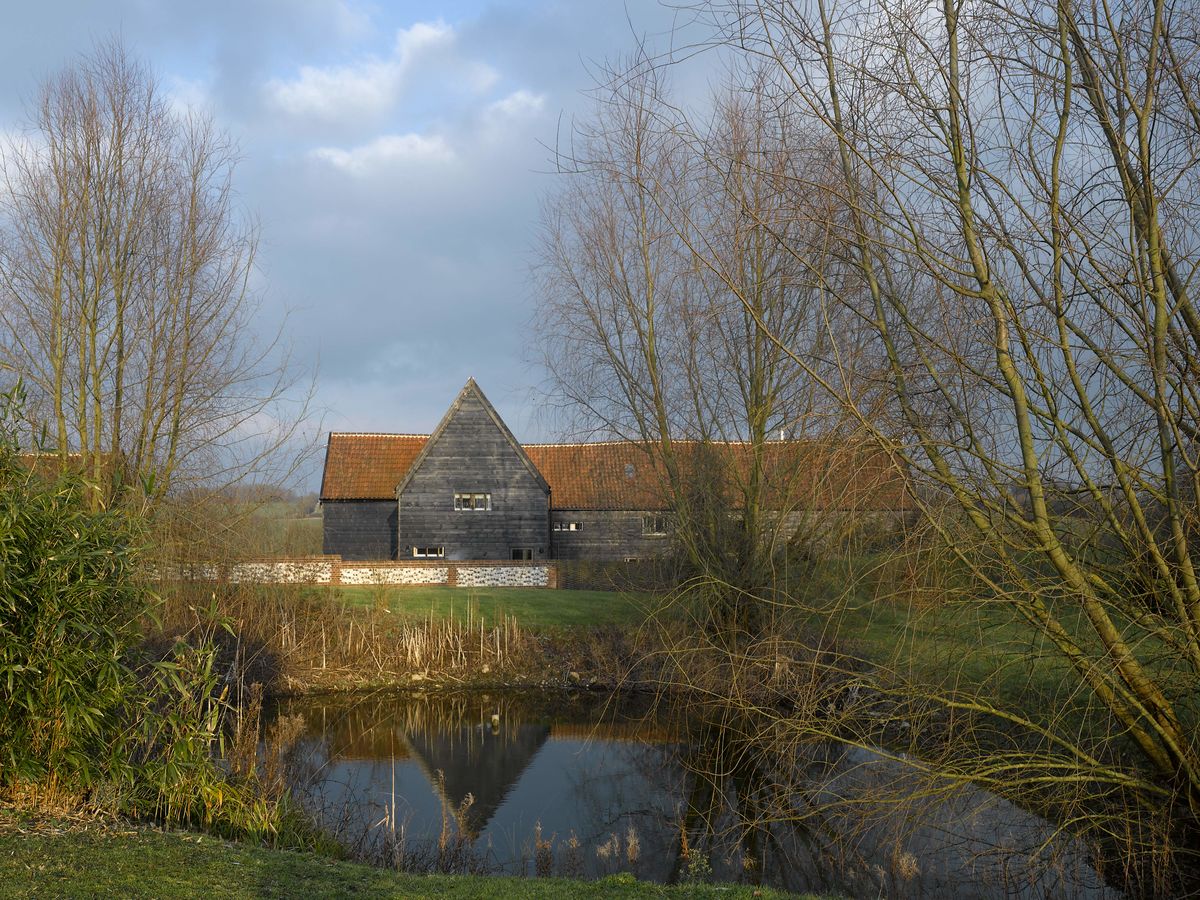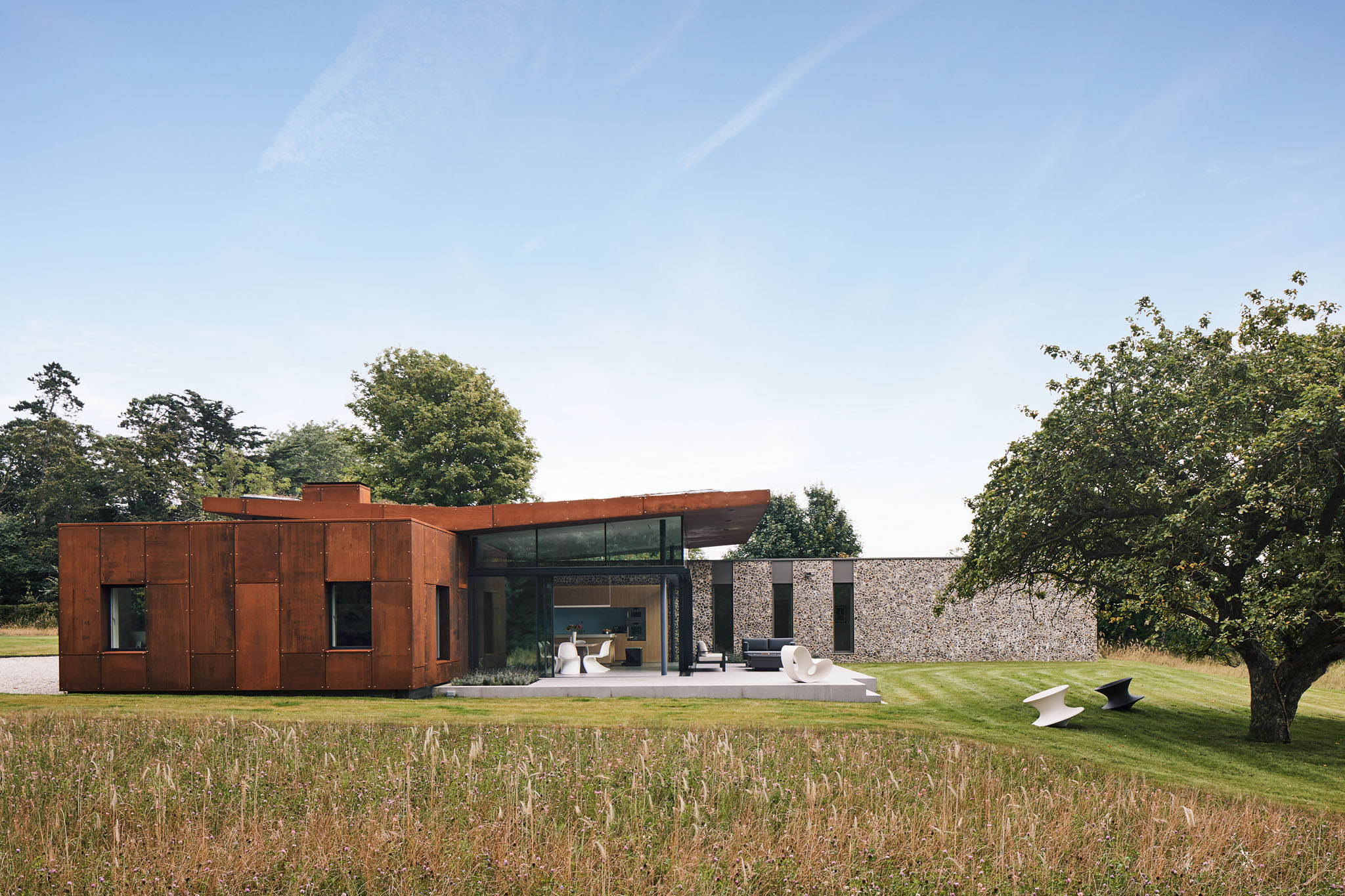Now the dust has settled a little it’s worth having a quick review of how new planning legislation, the National Planning Policy Framework (NPPF), appears now that it is in place. The notion that the NPPF was a charter for growth to rekindle house building has been scotched: there are much deeper reasons for that malaise. However what is clear is that there is a desire to devolve responsibility for the shaping of our communities from central government to the local level, with the proviso that planning for the future should be ‘sustainable’. It is all very admirable but will it enable local people to help shape their cities, towns and villages for the long-term public good? The measurement for the public good is sensible, if still a little vague, based on whether proposals are ‘sustainable’ socially, environmentally and economically. In other words resources should be sensibly used so that they should benefit communities in the long term. The NPPF has given some particular steer as to what this means: for example it puts town centres first in the assessment of where new retail premises should go and encourages the use of brown field sites. However in the end it is up to local authorities to propose what they deem as ‘sustainable’. This gives them a fantastic opportunity to plan imaginatively for the future. The NPPF has won praise for its emphasis on encouraging councils to demand high quality design. But where will the expertise to do this come from? There is no statutory requirement and to suggest that the occasional design review by people with design expertise can fulfil this role is mere sticking plaster. As part of the shift to local decision making neighbourhood plans are another great idea. Communities will be able to put further detail into what they would like to see on their doorsteps albeit with the framework of the local planning policy – but who will pay for and organise these? This will be a challenge and will naturally favour those who are well resourced and organised while the less well off and more needy communities could be disadvantaged. These processes also have to be sufficiently robust to counter local and central political influence. Local decision-making will tend to give politicians more opportunity to interfere to suit short-term gains and peddle their own politically driven policies whether anti or pro-growth. It happened with the previous system so to avoid this we need planning policies that stand up to scrutiny, are sustainable and are thought through. So in the end the successful implementation will come down to the willingness of local authorities to supply sufficient and appropriate resources. This is the rub: for local authorities are undergoing severe cutbacks and are not in a good position to provide the necessary expertise and exploit the opportunities. This is worrying. Anthony Hudson
Similar Journals

CobBauge: Open Days & Open Minds
November 15, 2022Over the last few months, our CobBauge team, alongside Grocott & Murfit Builders, hosted two successful Open days at the CobBauge Pilot Build House in Fakenham, North Norfolk. These involved the coming together of a range of interested and interesting people, from the local and wider area, to di
Continue reading
Transforming Tradition: Six Remarkable Barn Conversions
September 4, 2023Barn conversions stand as a testament to architectural adaptability; turning traditional agricultural structures into functional spaces for a range of uses. Over the years, our team has embraced the challenge of preserving the character of these iconic rural buildings, while repurposing them for con
Continue reading
Low Energy Homes: The Key to Comfortable, Sustainable Living
May 2, 2025With rising energy costs, growing climate concerns, and a shift toward more sustainable lifestyles, the way we design, build and renovate our homes is more important than ever. Low energy homes offer a future-proof solution, providing comfortable, healthy living environments while significantly red
Continue reading